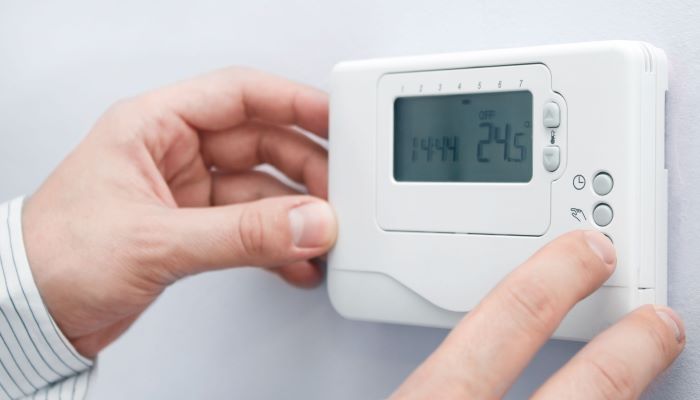
When to Switch Between Heating and Cooling During Texas’ Crazy Winters
Texas winters are known for their unpredictability. One moment, you’re bundled in a coat, and the next, you’re reaching for the AC remote. Managing your HVAC system during these wild temperature swings can be tricky. Switching between heating and cooling too often can lead to higher energy bills, unnecessary wear on your system, and discomfort in your home.
In this blog, we’ll discuss when and how to switch between heating and cooling during Texas’ erratic winters to maintain a comfortable home while staying energy-efficient.
Why Are Texas Winters So Unpredictable?
Texas winters are unique due to the state’s location and weather patterns. A combination of warm Gulf air and cold Arctic fronts creates drastic temperature fluctuations. In a single day, temperatures can drop from the 70s to the 30s, making it challenging to maintain consistent indoor comfort.
These rapid changes can lead to HVAC inefficiencies, especially if your system is not adjusted properly. Understanding these weather patterns will help you plan for a seamless transition between heating and cooling.
Signs It’s Time to Switch Between Heating and Cooling
Temperatures Swinging by 20°F or More
If the outside temperature fluctuates dramatically within a day, your indoor temperature may need adjustments. Set your thermostat to accommodate the larger temperature swing by switching to cooling or heating as needed.
Indoor Comfort Feels Off
Notice your home feeling too hot in the afternoon but chilly at night? This is a sign that it’s time to reassess your HVAC settings and potentially switch between heating and cooling during these transitional periods.
Rising Humidity Levels
Texas winters can sometimes bring humid air, even during cooler months. If your home starts feeling muggy, switching to cooling can help reduce humidity and maintain a comfortable environment.
Tips for Managing Your HVAC System During Texas Winters
Invest in a Programmable Thermostat
A programmable or smart thermostat allows you to schedule temperature changes throughout the day. This helps reduce manual adjustments and ensures energy efficiency when switching between heating and cooling.
Use the Auto Mode
Many modern HVAC systems have an “auto” mode, which automatically switches between heating and cooling based on the indoor temperature. This feature can save you time and energy during unpredictable weather.
Perform Regular Maintenance
Keep your HVAC system running efficiently by scheduling routine maintenance. Clean filters, check refrigerant levels, and inspect your system for any wear and tear that may affect performance.
How to Avoid Overworking Your HVAC System
Switching between heating and cooling frequently can strain your HVAC system. Follow these tips to minimize wear and tear:
- Avoid Drastic Temperature Changes: Set your thermostat to a stable temperature range to prevent your system from working overtime.
- Seal Air Leaks: Ensure your home is well-insulated by sealing windows, doors, and any gaps that could let outdoor air in.
- Set Seasonal Preferences: Stick to heating during colder days and cooling during unexpected warm spells to avoid constant switching.
Energy-Saving Tips for Texas Winters
Efficiently managing your heating and cooling isn’t just about comfort; it’s also about saving energy. Here are a few tips:
- Use ceiling fans to circulate warm air during heating and cool air during cooling.
- Close blinds or curtains at night to trap heat during cold spells and open them during the day to let in sunlight.
- Consider upgrading to a high-efficiency HVAC system designed for variable Texas weather.
Final Thoughts
Texas’ unpredictable winters can be a challenge, but managing your HVAC system doesn’t have to be. By understanding the signs of when to switch between heating and cooling, using energy-saving strategies, and maintaining your system, you can keep your home comfortable all season long.
For more tips on HVAC efficiency and staying comfortable during wild Texas winters, consult with an HVAC professional or explore more on our blogs.
